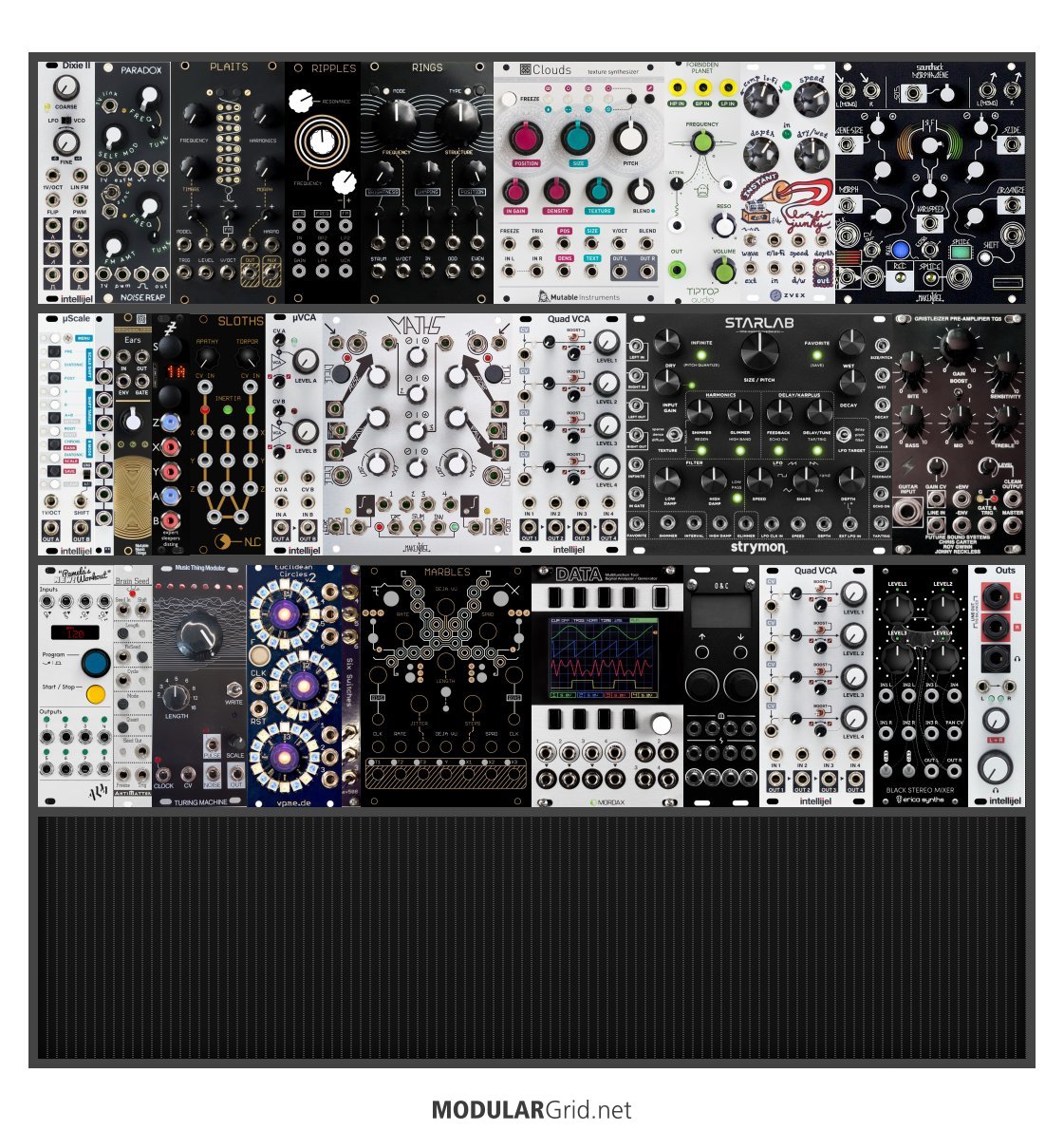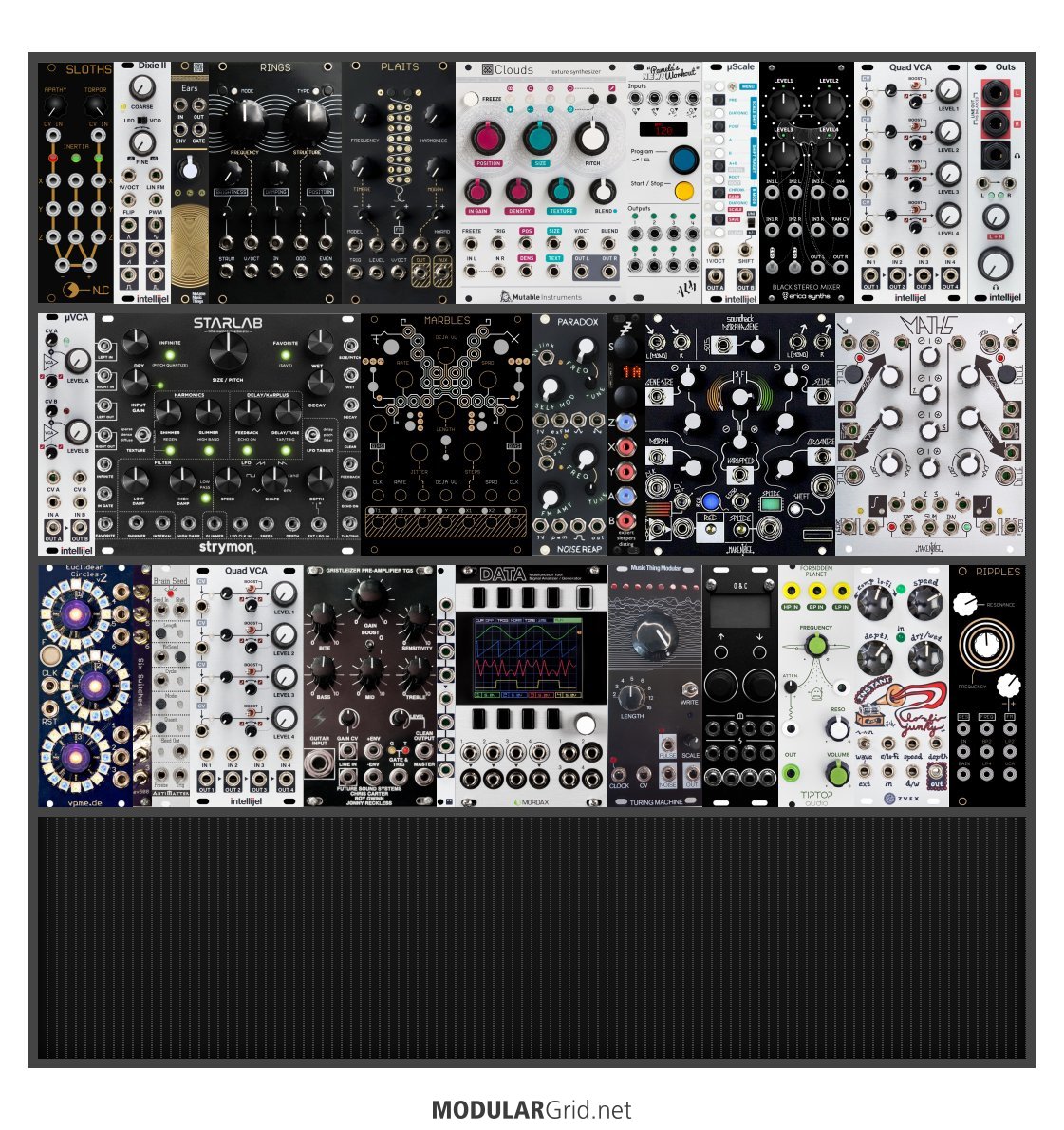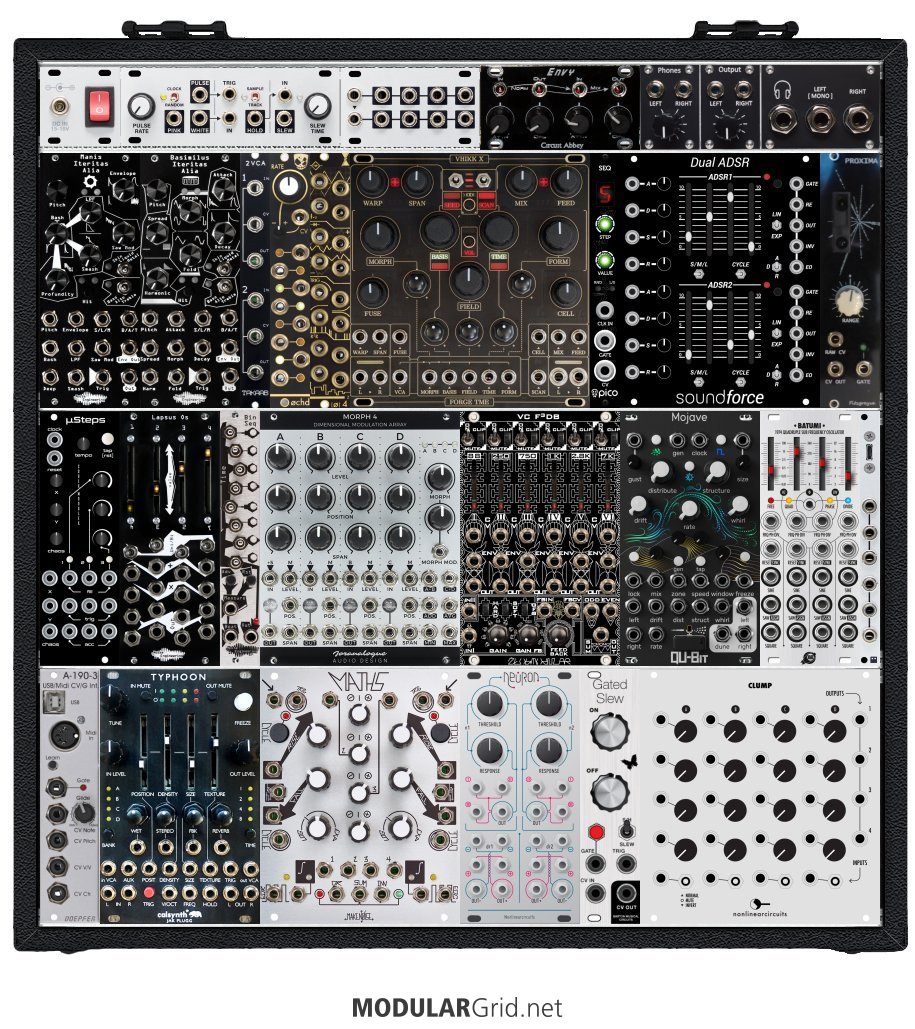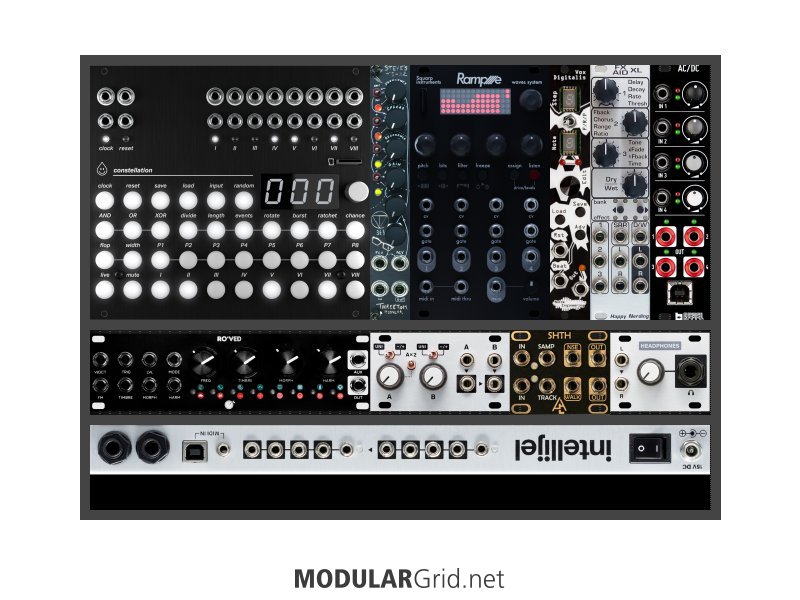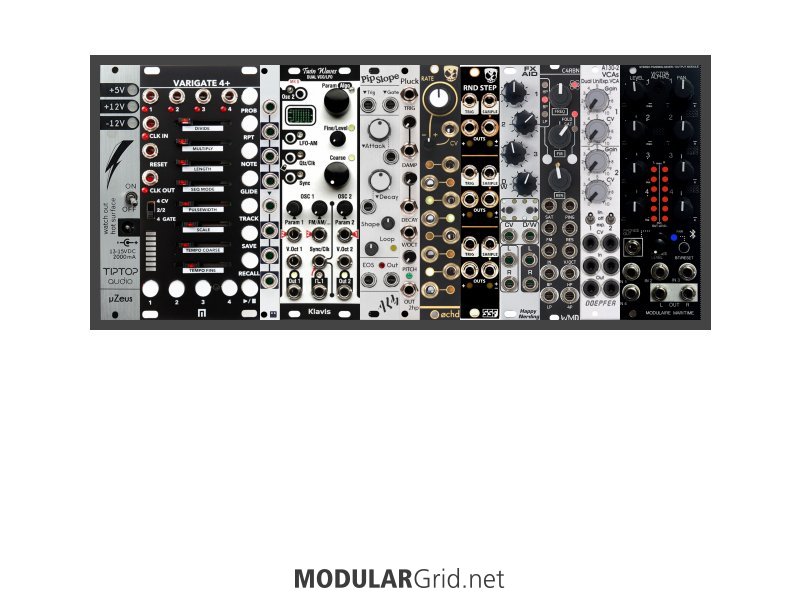looks like 4u to me!! & 88hp is a wierd width... are you sure it's not 84?
things you are absolutely missing... not enough vcas or mixers... for either audio or cv... so no sub-mixing for example...no attenuators for cv... & only 1 filter??? you have 2 sound sources, the through zero & the 2hp vco, combined, and the sto... I'd want at least 2.. ok you have an optomix, which can kind of be 2 vca/filters, but...
the BSP has 2 pitch outputs... I'd probably want a buffered mult to copy the pitch to all 3 vcos...
I'd want delay & reverb, not delay or reverb or chorus...
if you have 7u I'd seriously consider maths over function - it's much more versatile! see the maths illustrated supplement (via google) for more information...
I think x-pan is over the top for these modules... no stereo modules... I'd stay mono at least for now... & replace this with a quad cascading vca (veils clone) - which can be used as a mono output...
I'd also split up the 2hp modules so they are more useable...
I'd suggest only adding a couple of modules to start with and learning them inside out, before adding more... and then only adding 1 or 2 modules and repeating and repeating...
I'd probably go with maths & a quad vca to start...
hope this helps!
"some of the best base-level info to remember can be found in Jim's sigfile" @Lugia
Utility modules are the dull polish that makes the shiny modules actually shine!!!
sound sources < sound modifiers < modulation sources < utilities


